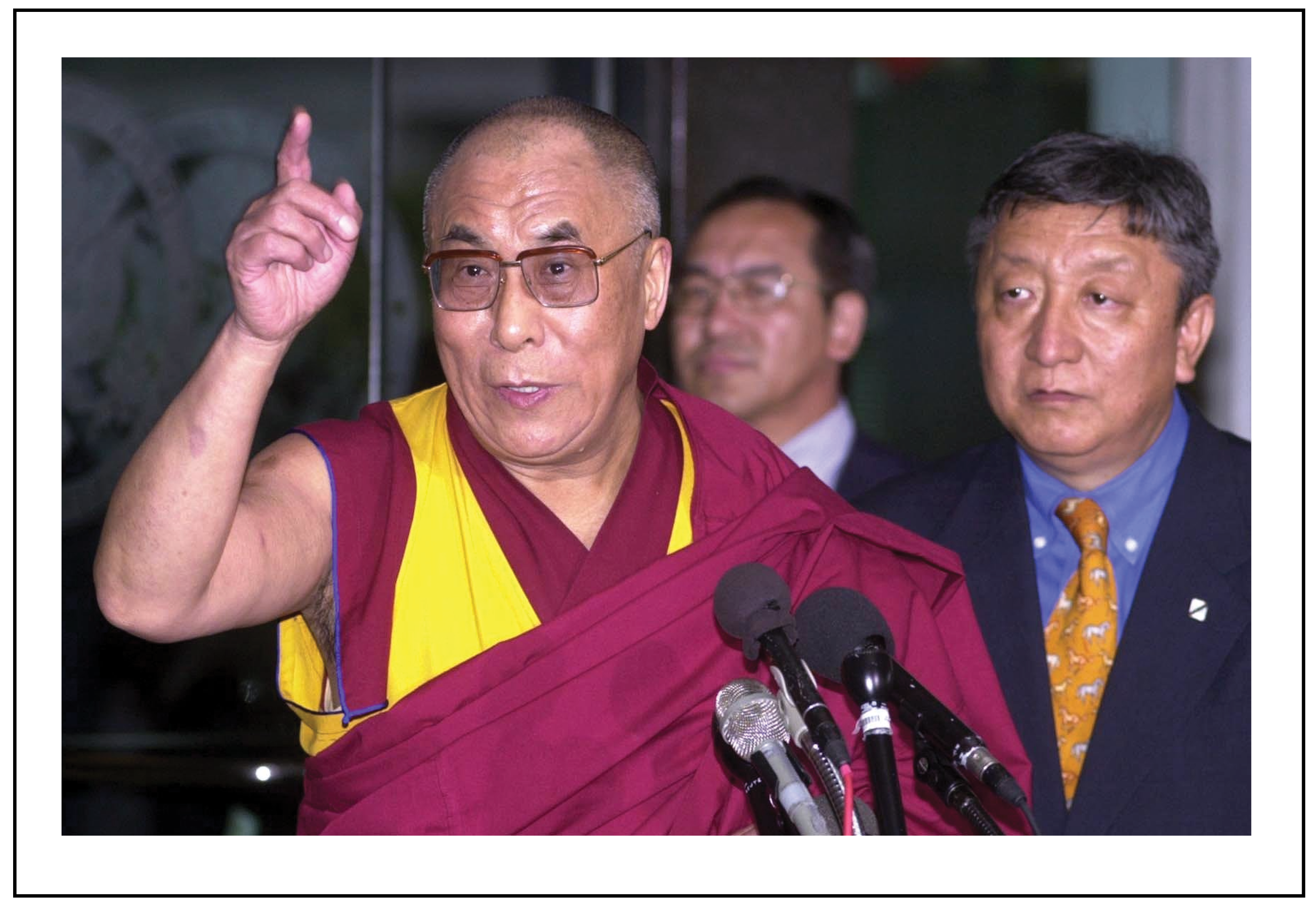“The Conservancy for Tibetan Art and Culture is working to create a better understanding of the peoples, cultures and traditions of Tibet, as well as the threats that confront them.”— His Holiness the XIVth Dalai Lama, Tenzin Gyatso
Dedicated to preserving Tibet’s living culture
Since 1997, the Conservancy for Tibetan Art and Culture has worked with many leading Tibetan tradition-holders, Tibetan institutions, scholars and educational partners, in addition to working with local partners in remote communities, to help secure the future survival of Tibet’s living culture and spiritual traditions, and the communites that embody and support them — both in historically Tibetan cultural areas, and in the lands to which Tibetan Buddhist culture has spread — and help shed light, for those in the wider world, on the rich heritage of this ancient civilization, including organizing the largest exhibition of Tibetan culture ever held in the West — for over one million visitors.
UNDERSTANDING TIBETAN CULTURE
To promote a greater understanding of Tibetan Buddhist culture through educational and cultural programs, teachings, conferences, symposia and research, the Conservancy for Tibetan Art and Culture has worked in partnership with leading Tibetan cultural support institutions such as the Tibet Fund, as well as with leaders from the major Tibetan spiritual traditions, their schools, monasteries and nunneries — and with an array of educational institutions in the U.S., ranging from the Smithsonian Institution and the Aspen Institute, to the Garrison Institute and Emory University.
PROGRAMS IN TIBETAN CULTURAL AREAS
To help Tibetan Buddhist communities preserve their cultural heritage, the Conservancy has worked with local partners and grass-roots organizations to undertake and support programs in Tibetan cultural areas, which include projects to:
• assess the pressing needs of under-served indigenous Himalayan Buddhist communities;
• promote literacy and sustain the survival of the endangered Tibetan language — through local education programs, needed in minority communities and remote areas, as well as in Tibetan exile communities;
• identify and help protect lesser-known but historically and culturally significant sites, rare texts and works of art found in remote and sensitive areas;
• provide culturally-specific training programs for lay people, monastic communities and Tibetan refugees, with an emphasis on programs which link cultural preservation to integrated economic development within the poorest communities; and,
• provide direct assistance and emergency disaster relief, working with local monastic communities to support earthquake relief efforts in remote regions of Nepal and other Tibetan cultural areas.
“Today, we are going through a critical period of time. We are a nation with an ancient culture, which is now facing the threat of extinction. We need help… to protect our culture. Our culture is one of the heritages of the world. Protecting [an] ancient culture like this is the responsibility not only of the concerned nation, but also of the world community as a whole.” — His Holiness the XIVth Dalai Lama, Tenzin Gyatso
ABOUT US
Founded under the patronage of His Holiness the 14th Dalai Lama, Tenzin Gyatso, the Conservancy for Tibetan Art & Culture (CTAC) is an independent 501(c)(3) nonprofit foundation.

His Holiness the Dalai Lama, Tenzin Gyatso with Lodi Gyaltsen Gyari Rinpoche, founder of the Conservancy for Tibetan Art & Culture.
Founded and led for over twenty years by Lodi Gyaltsen Gyari Rinpoche, then Special Envoy of His Holiness the Dalai Lama, the Conservancy has long been guided and advised by tradition-holders and leaders from throughout the Tibetan community, as well as scholars and supporters committed to the preservation of Tibet’s living cultural heritage. Among those who have helped lead the Conservancy, and serve as Conservancy board members are:
• Rinchen Dharlo, founding CTAC Board Member, then President of the Tibet Fund
• Ani Tenzin Lhamo, CTAC Board Member
• Geshe Lobsang Tenzin Negi, CTAC Board Member, Professor of Pedagogy, Department of Religion, Emory University, co-founder and Executive Director of the Center for Contemplative Science and Compassion-Based Ethics, and the Emory-Tibet Science Initiative
• Wm. Shuyler, CTAC Board Member
• TN Namgyal Taring, CTAC Board Member
• Robert A.F. Thurman, founding CTAC Board Member, currently Jey Tsongkhapa Professor of Indo-Tibetan Buddhist Studies, Columbia University, President of Tibet House New York, and President of the American Institute of Buddhist Studies
• Bhuchung Tsering, (CTAC Board member until 2010), then vice president of the International Campaign for Tibet.
The Conservancy would like to acknowledge the vital help and continuing assistance from the many members of the Capital Area Tibetan Association, who have done so much — from the very beginning — to support the delivery of the Conservancy’s cultural programs. The Conservancy would also like to express our deep appreciation for the dedication of the Conservancy’s very small staff, and our thanks for their tireless work to launch and support the Conservancy’s programs — including the selfless efforts over the years on behalf of CTAC’s work to help preserve Tibetan culture by Jamphel Lhundup, Marni Kravitz, Amy Elizabeth Head, and Matteo Pistono, who is also responsible for many outstanding photos seen on this website.
“Tibetan culture forms a valuable part of world’s heritage. Humanity would be poorer should it be lost.” — His Holiness the XIVth Dalai Lama, Tenzin Gyatso
